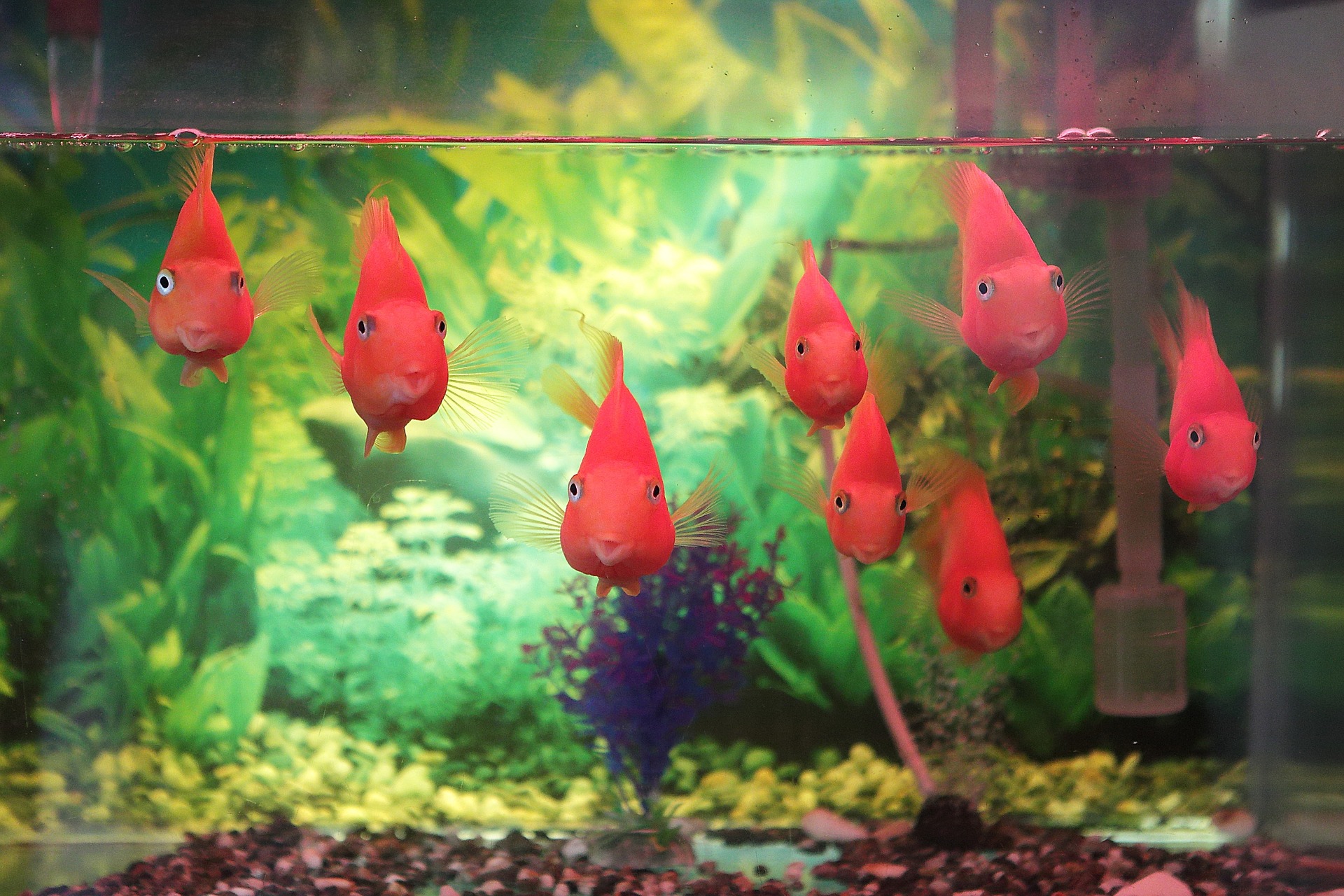Pets Magazine August-September 2023 – Still FREE to read and packed full of stories and features. This month we’re sharing… read the article
OUT NOW: Pets Magazine August-September 2023


Pets Magazine August-September 2023 – Still FREE to read and packed full of stories and features. This month we’re sharing… read the article

They’re not cuddly. They won’t ever feel like your best friend. And, they won’t keep burglars from breaking into your… read the article
As a pet owner you are tasked with the very important job of ensuring that your pet is as comfortable… read the article
Believe it or not but fish make brilliant pets. They’re a great alternative if you don’t have enough room for… read the article